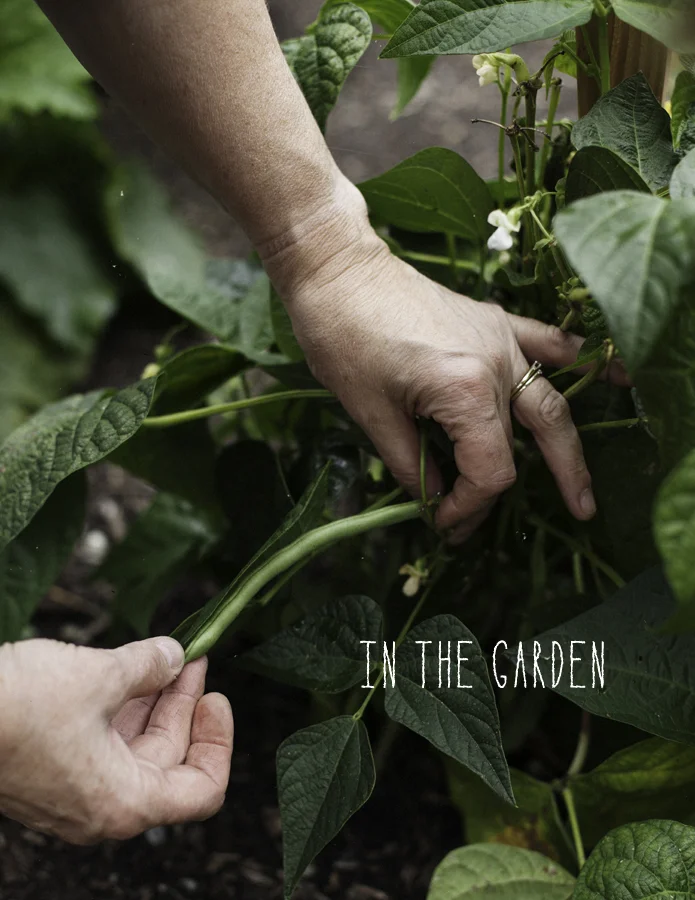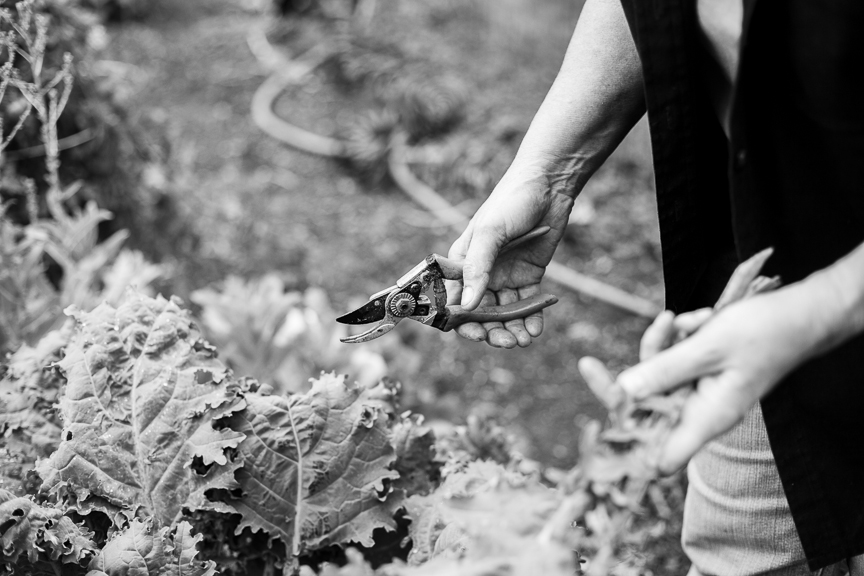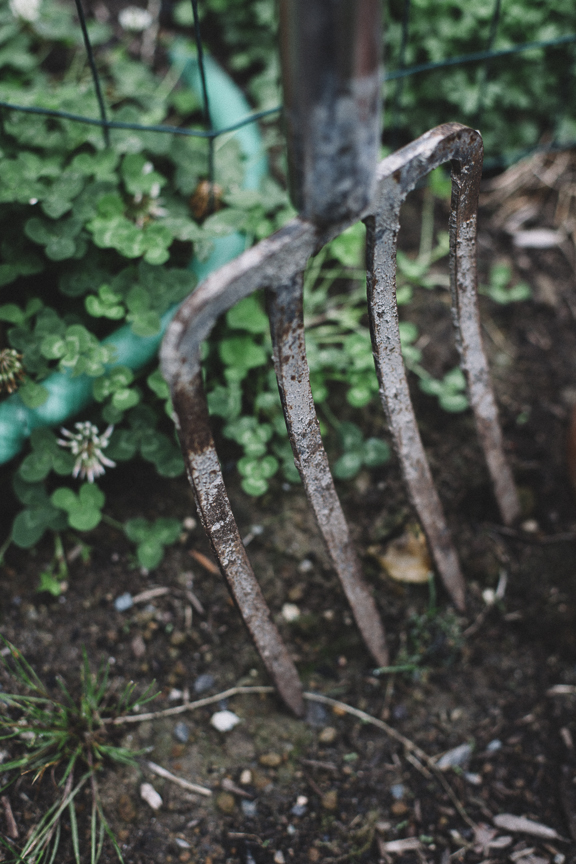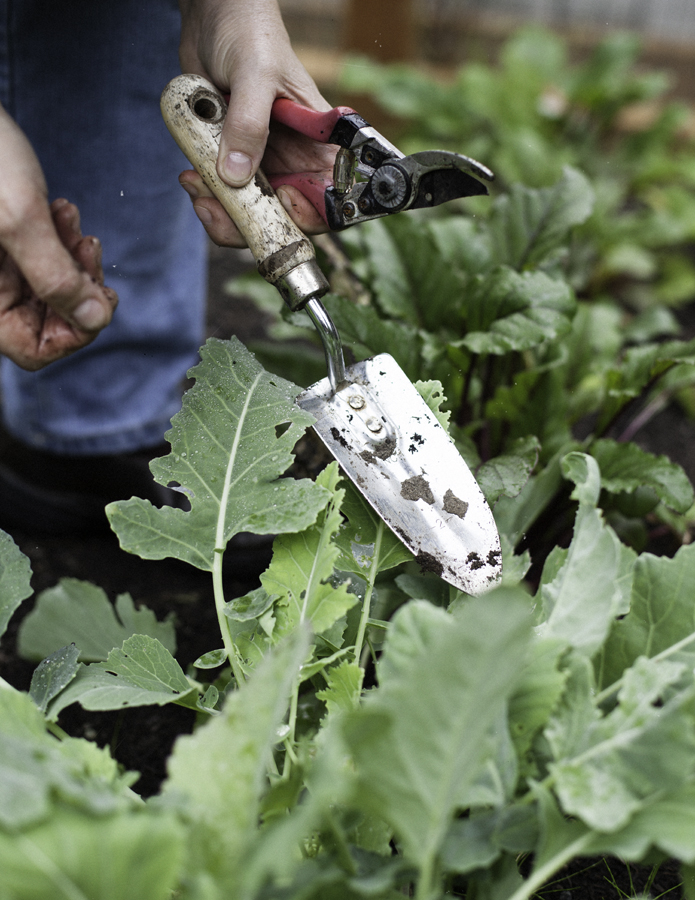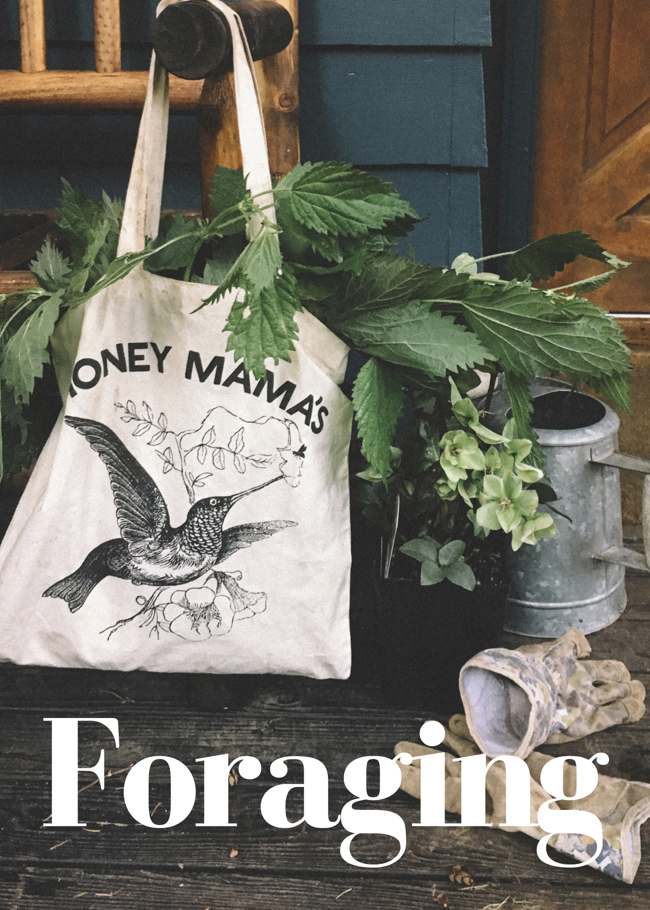This recipe is one taken from the FLORA issue. The entire issue, being focused on cooking with edible flowers, explores what I call "A Study of Nature's Buds & Blossoms," and takes a sweeter approach (It's the first and only issue focused exclusively on desserts). This issue was the perfect vehicle for me to play out a fantasy of photographing flowery things, which had been on my list for a long time. Really, it was my mother's idea, and when she suggested it, I thought "of course!." And so I dove in with Lilac Sugar Doughnuts, Crystalized Orchids, Candied Flowering Herbs and Rose-Scented Pavlovas swirled with streaky jam. Dried Rose petals and falling lilacs scented my house for a few months.
As always, I wanted to make it as useful as possible, so I began the issue with a spread of edible flower botanical drawings (both sweet and savory),- from Begonias, Borage & Bergamot, to Chicory, Okra and Mustard. Many common plants have edible flowers that are often unrecognized or overlooked and letting your herbs flower can be one of the easiest and loveliest ways to discover this. In fact, often when I'm looking for edible flowers to cook with- which can be very hard and expensive to come by- I head to my local nursery to pick up starts. Believe it or not, this is often the cheapest and easiest way to go about it. Plus, you get the added benefit of adding the plant to your garden and producing your own flowers the next go-around.
When it comes to cooking with flowers, it's understandable to be confused as to where to start and worried about how not to "over-flower" your food (no one likes their desert to taste like perfume). These flavors are infused with techniques such as steeping in water or cream that is added to a batter or whipped into a frosting, or wrapping a stick of butter and letting it sit overnight so the oils transfer. Throwing petals in sugar so the oils transfer is another great way to get these flavors into your dishes.
Being particularly forgiving, sweet recipes are a great place to learn the process of infusing flavors and I built this issue around learning techniques through simple recipes you can make then use to make more complicated recipes. For example, Lilac Sugar is used to make Lilac Sugar Doughnuts and Crystalized Flowers are used to make Iced Sugar Cookies with Crystalized Flowers. All in all the issue includes twelve recipes, including a fanciful spread of five floral cakes, a book guide (one of my favorites yet!), a restaurant guide, and an interview with a florist, all relating back to the floral theme.
Because, as Emma Goldman once wrote:
"I'd rather have roses on my table than diamonds on my neck."
Rose Geranium Cake with Rose Geranium Buttercream Frosting
Makes 1 two-layer cake
I love this cake. It's beautiful, feminine and has macarons on it. It also really delivers in terms of flavor. I always imagine it at tea parties, garden parties and in other, quite ladylike appearances. Rose Geranium and other scented geraniums are available at many nurseries this time of year, making it the perfect spring cake for your upcoming lunch, garden party or gathering with friends.
Ingredients:
Cake
18 Rose Geranium leaves
2 sticks butter, unsalted
3 cups all purpose flour, plus more
1 tablespoon baking powder
1/2 teaspoon sea salt
3/4 cup whole milk
1 vanilla bean (I love Madagascar Bourbon Vanilla Beans)
1 3/4 cup sugar
6 large egg whites
Frosting
4 Rose Geranium leaves
1 1/2 cups sugar
2 large egg whites
1/4 teaspoon cream of tartar
Pinch of sea salt
1/3 cup cold water
5 drops red food coloring
3 drops orange bitters
To Make:
Cake
1. The night before you plan to make the cake, rub 6 of the Geranium leaves to release their oils, wrap around the sticks of butter, warp again in plastic wrap and refrigerate overnight.
2. The next day when you are ready to make the cake, let the butter reach room temperature and preheat the oven to 350 degrees F. Butter and flour two 8" cake pans. Rub the remaining Rose Geranium leaves with your fingers and line the bottom of the cake pans with them.
3. In a medium bowl, mix together the flour, baking powder and salt. In another medium bowl, combine the milk, water and vanilla bean seeds. In a stand mixer fitted with the paddle attachment or a large bowl and hand beater, unwrap the leaves from the butter and cream together with the sguar until fluffy. Beat in the egg whites one at a time. Add small amounts of the flour mixture, alternating with the milk mixture, until incorporated.
4. Divide the batter evenly between the two prepared pans and bake for 30 to 35 minutes, until a toothpick inserted in the center of the cake pulls out clean. Remove from the oven and let cool on a wire rack.
Frosting
1. The night before, combine the Rose Geranium leaves with the sugar in an airtight container. Let sit overnight.
2. Remove the leaves and mix the sugar with the egg whites, cream of tartar, salt and water in a large heat-proof bowl and beat for one minute. Place the bowl over a pot of barely simmering water and whip with a whisk until you see stiff peaks. Remove from the heat and whip in the food coloring and bitters. Place 1 completely cooled cake on a serving dish, frost, top with other cake and frost all over. Decorate as you please with flowers and macarons.

